Everything Need to Know About 16K Video Resolution
It seems like it was only yesterday when people were still engaged in the 4K vs. 8K debate. Wait, it wasn't yesterday, it's today. The 4K vs 8K battle remains unsettled and continues to rage on in the tech sphere. Proponents of 4K resolution claim that it's the pinnacle of viewing experience and that the human eyes cannot discern higher resolutions, especially at normal viewing distances. Whereas 8K fans swear by the immersive experience offered by 8K resolution on large screens. Now, we have a new contender - 16K resolution. After 4K and 8K, is 16K Resolution the new normal? Do you need to convert your content to 16K Resolution? We'll answer these and many more questions in this detailed guide.
Part 1: What is 16K Resolution?
16K Resolution is the cutting-edge display resolution considered a next-generation technology for enhanced viewing experience. The '16K' number refers to the approximately 16,000 pixel width of resolution. The most common 16K Resolution is 15360 x 8640 pixels, which offers a 16:9 aspect ratio. However, it's not the only 16K resolution. There could be several other combinations of width and height, depending on the aspect ratio used. For instance, Sony debuted a screen with 17280 x 4320 pixels, which is also a 16K Resolution screen.
Generally, a 16K Resolution has four times as many pixels as an 8K resolution, 16 times as many as a 4K resolution, and 64 times as many as an FHD (1080p) resolution.
Part 2: Comparison of 4K, 8K, and 16K Resolution
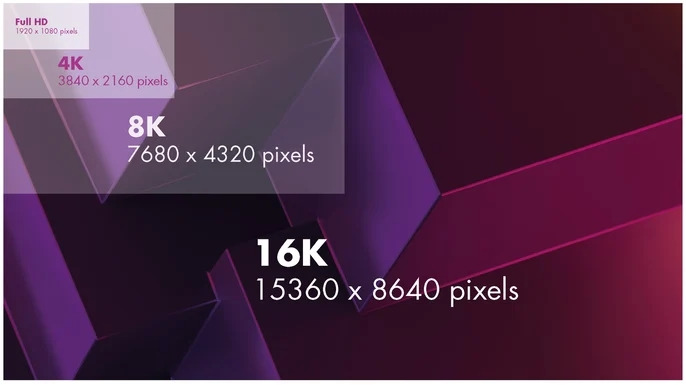
Commercial Adoption Rates
Modern cinemas offer the most immersive movie experience using only 2K and 4K video content. Even IMAX screens hardly ever go beyond 4K resolution. Only the IMAX 70mm film (analog) offers a viewing experience that rivals 16K resolution. However, almost all cinemas offer a maximum of 4K resolution.
8K resolution is still far from becoming a mainstream display resolution. And, 16K is nowhere in the picture yet. It will be years, if not decades, before cinemas welcome Commercial 16K resolution.
Consumer Adoption Rate
4K screens continue to dominate the consumer segment when it comes to UHD televisions. In fact, 85% of all UHD televisions being sold have 4K resolution. In contrast, 8K TVs account for less than 10%. 16K TVs are still in the experimental stage and far from reaching the mainstream market.
Going by the consumer response to 8K TVs, it's clear that there isn't much demand for higher resolution TVs.
Content Availability
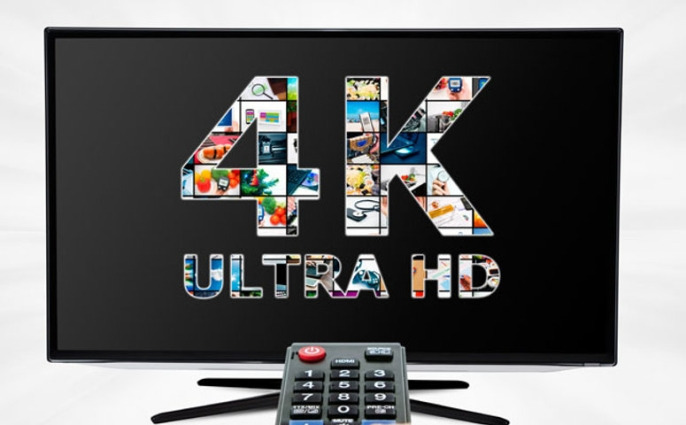
Consumers' muted response to 8K screens makes sense when considered against the context of content availability. 4K has gone mainstream with an extensive variety of producers, publishers, device manufacturers, and streaming services offering support for the resolution.
From remastered classic movies to the latest releases, 4K resolution is available everywhere. Many streaming services offer a range of 4K content to their users. The large majority of premium and sub-premium smartphones, DSLR cameras, action cameras, and other recording devices offer 4K video capture.
8K content is not plentiful, and there aren't many devices that support 8K content creation either. Furthermore, 16K content is currently limited to experimental projects that aren't available to consumers yet.
Processing Power
4K content doesn't require overwhelming resources and can be played with affordable GPUs. In contrast, 8K screens require robust GPUs, such as the RTX 3090 and RX 7900 XTX. Then there are 16K screens, which are in a whole other league. They require prohibitively expensive quad-GPU or pro hardware. Consumers who balk at the prices of 8K screens are unlikely to upgrade to 16K, and it doesn't appear that 16K screens will match 4K TV prices for at least the next decade or so.
Storage and Bandwidth Needs
All UHD content has high storage and bandwidth needs. A two-hour 4K movie in raw format consumes anywhere from 180GB to 1TB of storage space. For 8K resolution, the required storage capacity increases from 600 GB to 4 TB. For 16K content, the storage capacity can range from 2TB to 16TB, depending on the video format.
Not everyone has an internet connection with high enough bandwidth to support streaming such heavy content. Neither do they have enough storage space on their devices to save more than a handful of 8K videos, let alone 16K videos.
Verdict
While 4K resolution is mainstream, 8K resolution is not widely adopted, primarily due to a lack of content. On large screens like 65" and above, 8K resolution's immersive viewing experiences are objectively superior to those offered by 4K resolution. However, consumer TVs are not big enough to make 16K Resolution a game-changer for them. So, 8K is the pinnacle of consumer tech when it comes to viewing experiences.
Part 3: How to Upscale Videos to 8K Resolution
HitPaw VikPea's built-in AI elevates SD, HD, and 4K video content to 8K resolution with just a click of a button. Whether you have a homemade video, social media content, a tutorial, or something else, VikPea can add incredible detail and resolution to your videos, making them deeply immersive and 8K content. You don't need to know any video-editing techniques to use VikPea.
Key Features of HitPaw VikPea for 8K Upscaling
- AI Upscaling: You don't have to do anything to upscale content to 8K. VikPea's AI does it all.
- Cloud Acceleration: Don't have a powerful desktop? No worries. VikPea offers cloud acceleration.
- Batch Processing: Upscale as many videos as you like with VikPea's batch processing capabilities.
- SDR to HDR: VikPea not only upscales content to 8K resolution but also enhances it to HDR.
- Multi-platform: VikPea is available for both Windows and macOS desktops.
How to Upscale Videos to 8K Resolution with HitPaw VikPea
- Step 1: Import Video
- Step 2: Choose an AI Model
- Step 3: Preview and Export Output
Launch HitPaw VikPea on your desktop, drag your videos directly into the app, or click the 'Choose File' button.
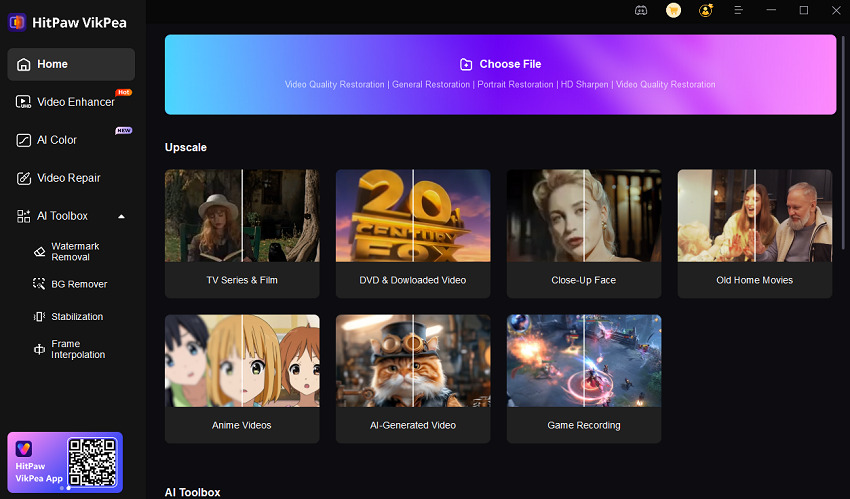
Pick an AI model from the right panel, and VikPea automatically enhances the video.
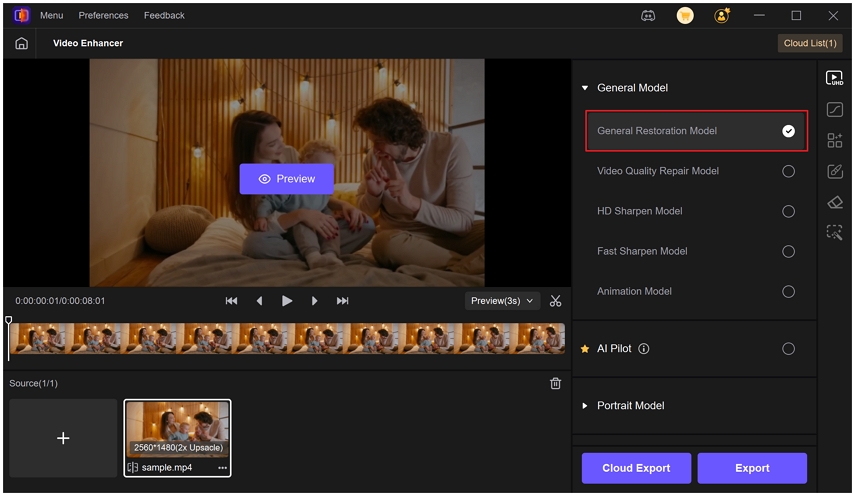
Compare input and output videos in the split-screen view, hit 'Export.'
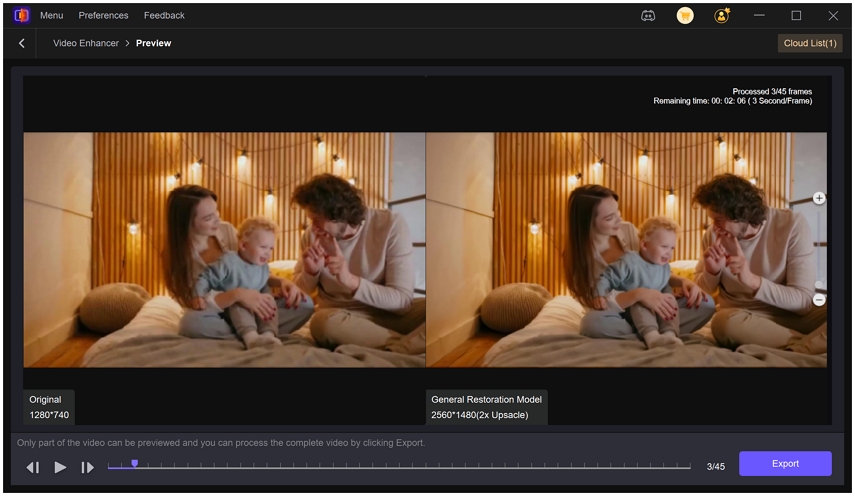
FAQs on 16K Resolution
Q1. Can you watch 16K videos on YouTube?
A1. Yes. YouTube does allow 16K Resolution videos on its platform. However, you'd need a powerful desktop with top-of-the-range GPUs - maybe multiple GPUs - to create 16K content, and also a 16K Resolution screen to view the content in full detail.
Q2. Will 16K replace 8K or 4K?
A2. 16K Resolution is far from consumer-ready. It's in experimental stage, and its real-world use cases are largely limited. It's not replacing 4K and 8K anytime soon.
Conclusion
16K Resolution is the highest video quality right now, but it's not something most people need. While it offers incredible detail, it's really only useful for things like science projects, big movie theaters, and special art displays. For regular TV and movies, 4K and 8K are enough. To update videos to 4K and 8K resolution, use HitPaw VikPea. It's fast, powerful, and can work smoothly on low-powered devices too. Upscale your first video to 8K with VikPea today.









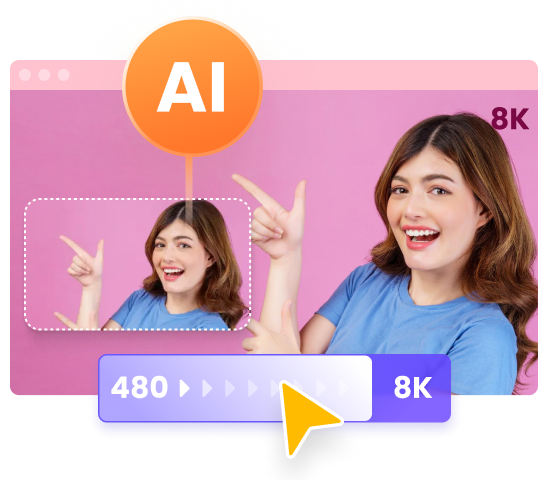
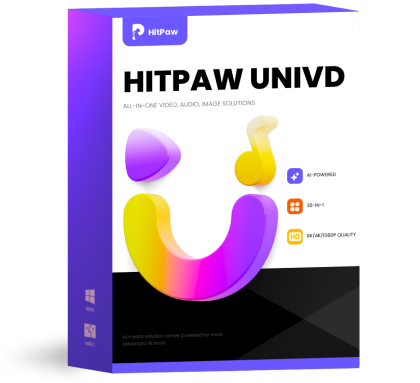 HitPaw Univd (Video Converter)
HitPaw Univd (Video Converter)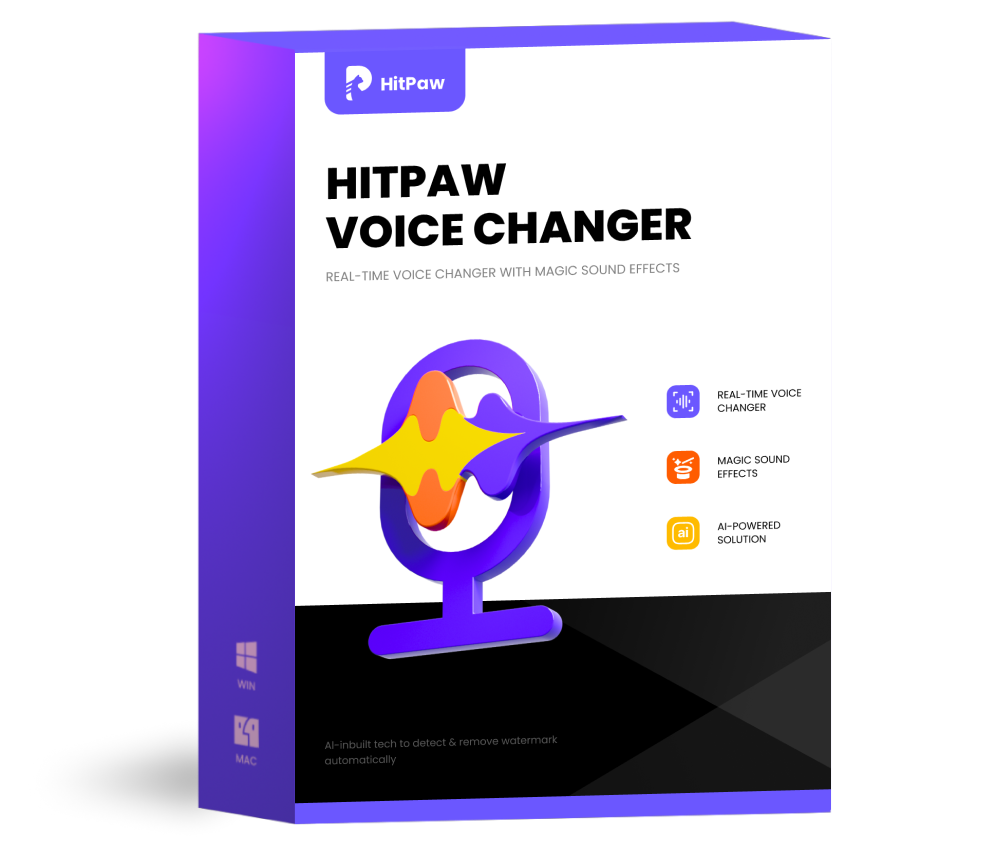 HitPaw VoicePea
HitPaw VoicePea 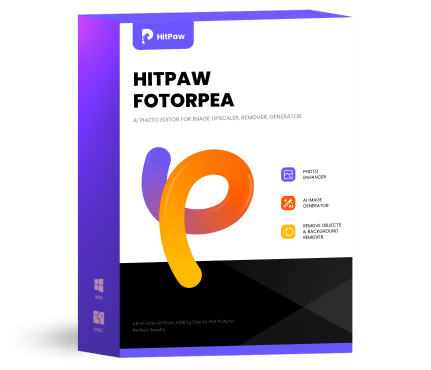 HitPaw FotorPea
HitPaw FotorPea
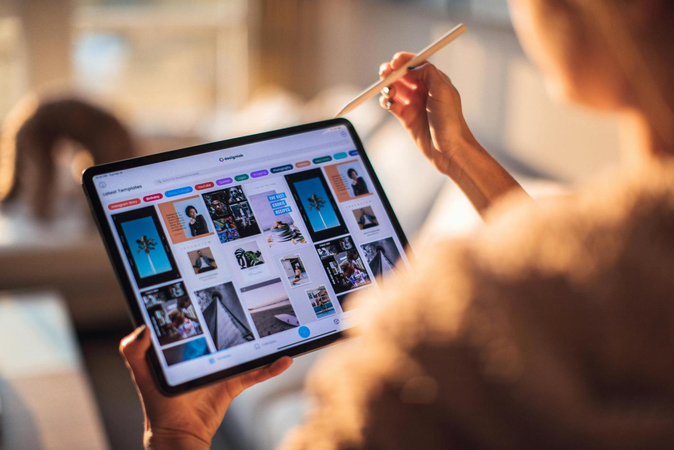
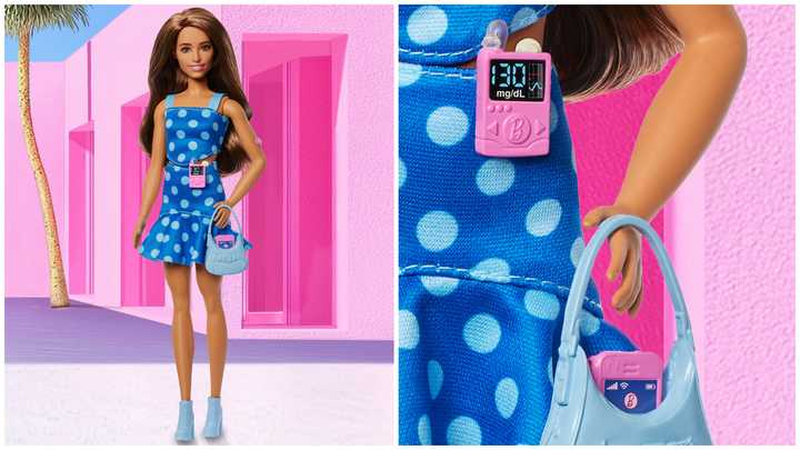

Share this article:
Select the product rating:
Daniel Walker
Editor-in-Chief
This post was written by Editor Daniel Walker whose passion lies in bridging the gap between cutting-edge technology and everyday creativity. The content he created inspires the audience to embrace digital tools confidently.
View all ArticlesLeave a Comment
Create your review for HitPaw articles